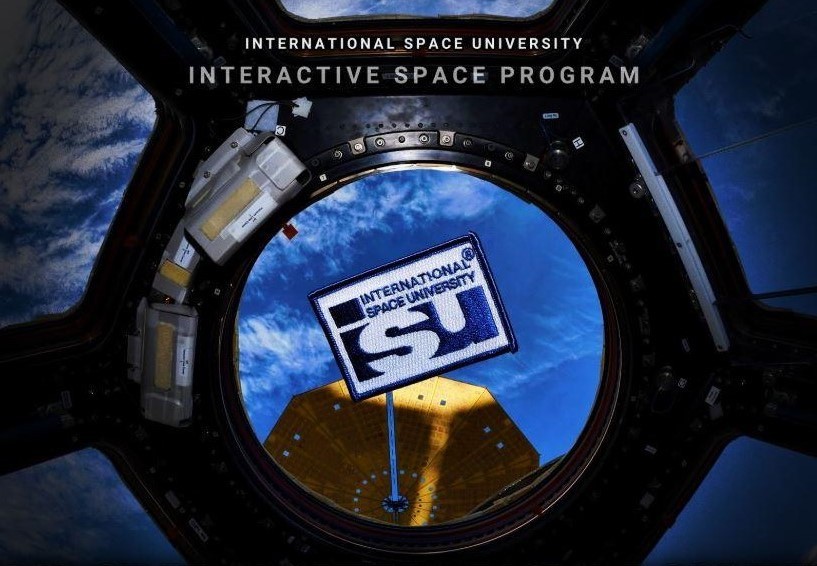Fueling is complete, begin countdown to launch!
On 21st July 2020, our crew consisting of 86 participants representing 30 countries launched on the first ever International Space University(ISU)’s Interactive Space Program (ISP20). The program scenario is virtually set in the year 2120 where humanity is no longer an Earth-bound species with settlements across a number of planetary and space habitats. Our mission requires us to explore “how space can help in the monitoring, mitigation, preparedness and prevention of pandemics.”
“how space can help in the monitoring, mitigation, preparedness and prevention of pandemics.”
Thanks to the guidance from the Earth-based Mission Operations Center (MOC) and IT team located at Strasbourg, France, the crew members launched and arrived at their respective habitats safely. You can watch our Expedition Launch here and here.

I am delighted to be one of four Irish participants taking part in ISP20. It is great to see Ireland being well represented as our involvement in the space sector continues to grow!

Although we, the crew members, could not be present for our Expedition Launch, the ISU made sure we were there in some shape or form.
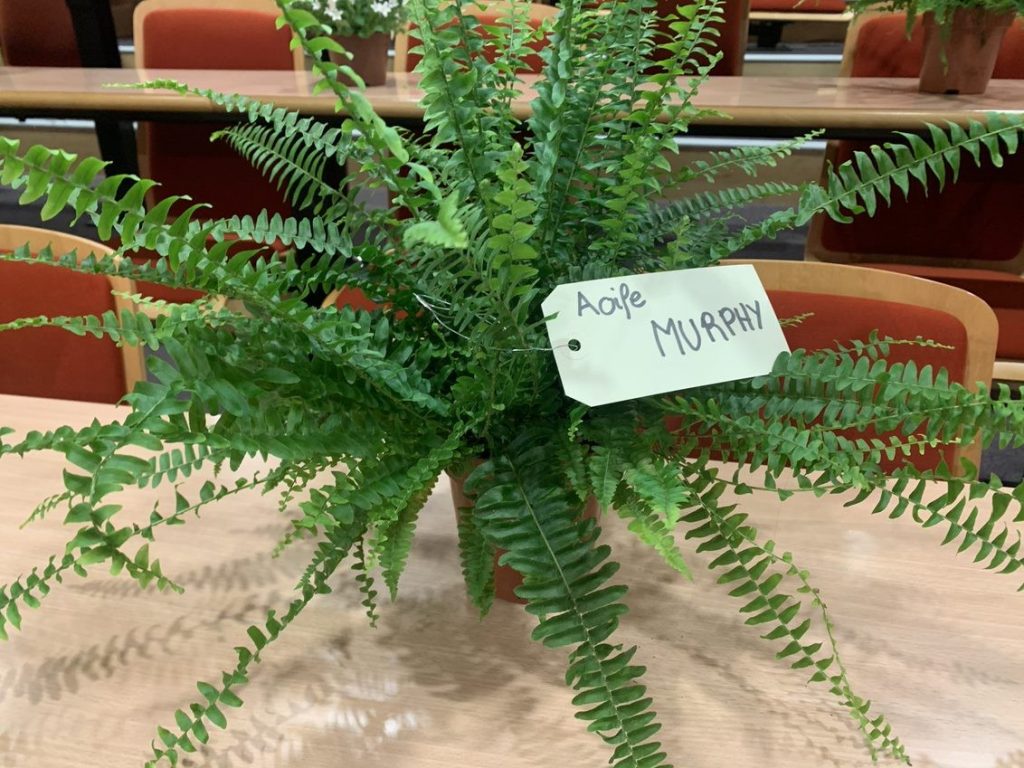
There is a tradition that began in 1961 with Yuri Gagarin where every cosmonaut and astronaut who launches from Baikonur, Kazakhstan plants a tree. Following this tradition, the ISU had 86 green plants to represent each crew member at the Central Campus in Strasbourg.
I hope I get the chance to visit the Central Campus in person some day, but for now my plant will do!
Landing on the Moon
The crew members have been distributed over three space habitats (Mars, Moon, and Earth Orbit) to conduct this year’s mission. The Mars habitat will look at how space can help in the mitigation of pandemics, the Orbit habitat will look at how space can help monitor pandemics, while the Moon habitat (woo!) will explore how space can assist in the preparedness and prevention of pandemics.
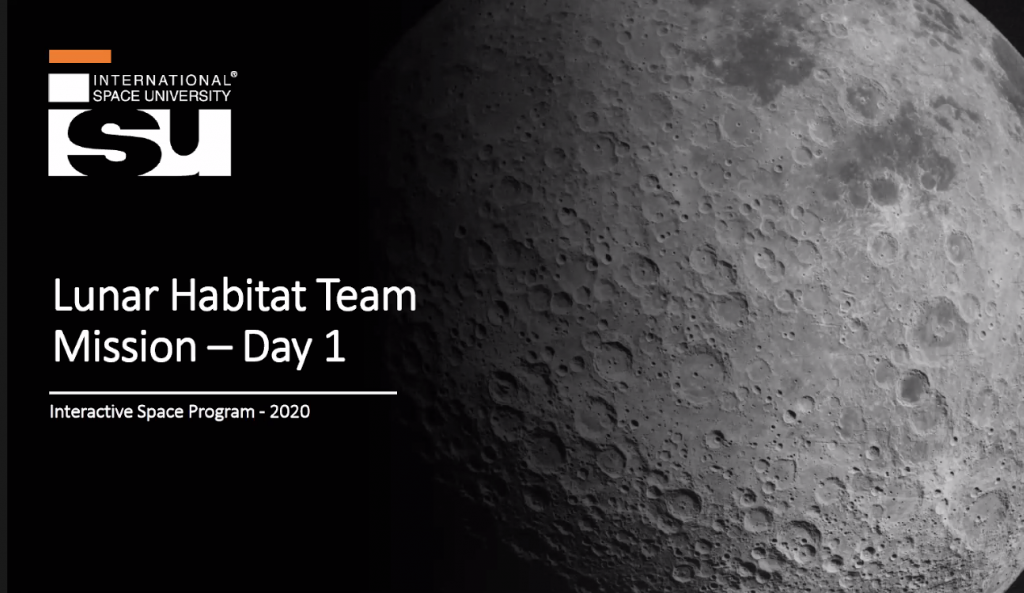
Over the following five weeks, we will be collaboratively working together on our Team Mission from across the solar system to report our findings at the end of the Expedition.
Our Day-to-day
We begin each day with our ‘daily pack of cookies’, otherwise known as our Daily Planning Conference, where we are briefed by our CapCom on our daily schedule and important announcements.

There are Daily Seminars throughout the program where every major aspect of space is presented in an interdisciplinary series of seminars. This provides some common knowledge for all crew members on a vast range of subjects relevant to space.
During Week 1, we have already had a number of Daily Seminars covering a broad range of topics:
- ‘Policy Rationales for Space Activities’, delivered by Dr. John M. Logsdon.
- ‘Electromagnetic Spectrum and the Space Environment’, delivered by Dr. James L. Green, NASA Chief Scientist.
- ‘Orbital mechanics’, delivered by Taiwo Raphael Tejumola.
- ‘Space Players’, delivered by Xavier Pasco.
Since I am coming from an Engineering background, it was great to refresh my knowledge on the electromagnetic spectrum and orbital mechanics. However, it was also very interesting to touch off other topics that I normally would not have any exposure to.

Jim Green made sure to leave us guessing as he finished off with a very intriguing question:
“Did COVID-19 come from space?”
On top of the Daily Seminars, we have also been fortunate enough to have some guest speakers. These guest speakers are generally more tailored to our Team Mission with this week including, but not limited to:
- Dr. Ross Upshur on ‘An Introduction to Pandemics’.
- Eliott Wobler from Spire.
- Shrish Ravan, Yves-Louis Desnos, John Haynes, and Dimitra Stefoudi on ‘Big Data, Public Health & Space’.
- Dr. Su-Yin Tan on ‘Remote Sensing Applications for the Prevention and Preparedness of Pandemics’.
In this first week, I have already got a taste for how remote sensing and earth observation is used to address the spread of diseases and pandemics and I cannot wait to learn more about these fascinating topics in the coming weeks!
Mentorship
To add to an already amazing first week, the ISP Mentorship Program kicked off on Thursday evening. This Mentorship Program provides the opportunity to meet with members of the ISU Alumni and Faculty community in small group Zoom meetings.
“We like to think about the mentoring session as if the participants and the Mentors were having a coffee in a room at any given ISU campus.”
My first mentorship session was with Steve Brody, ISU’s Vice President for North American Operations. It was fantastic to discuss his past experiences as NASA’s liaison to the European Space Agency for the International Space Station. He had some great insights for working well in international, intercultural and interdisciplinary teams (the 3I’s at the root of ISU).
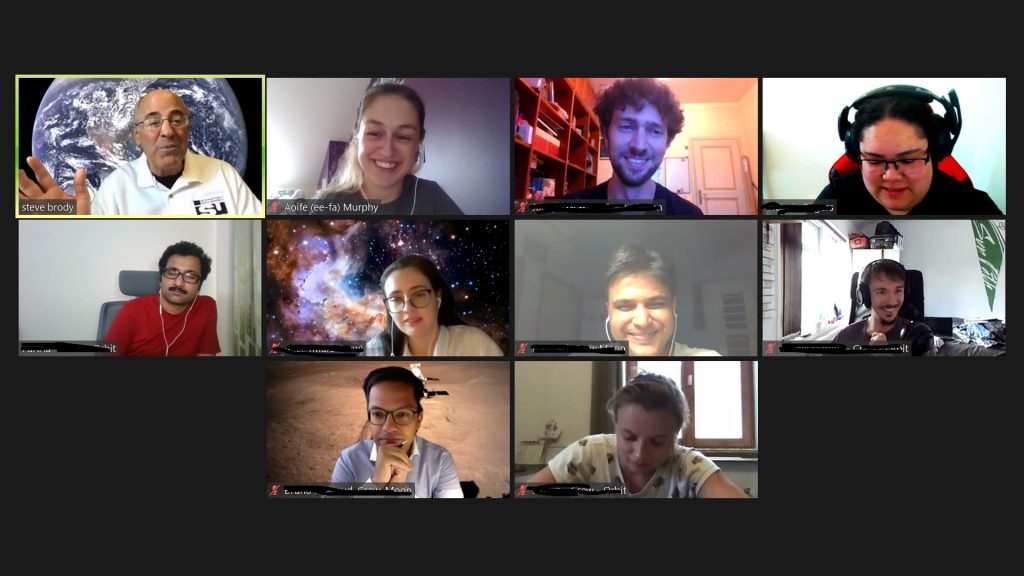
Fun fact: he and his wife love Ireland, and his wife is learning to play the bodhrán! How amazing is that?!

My second mentorship session was with Dr. James Green, or Jim as he prefers, the Chief Scientist at NASA. It was truly inspiring to hear him talk about the possibility of life on Jupiter’s moon Europa, you can read more about this mission here.
Pineapple for the win!
We rounded off the week with a joint social event between ISP participants and the Space Generation Advisory Council’s SpaceGen United delegates. It was a very fun event and ‘speed networking’ was a lovely way to get to chat with everyone!
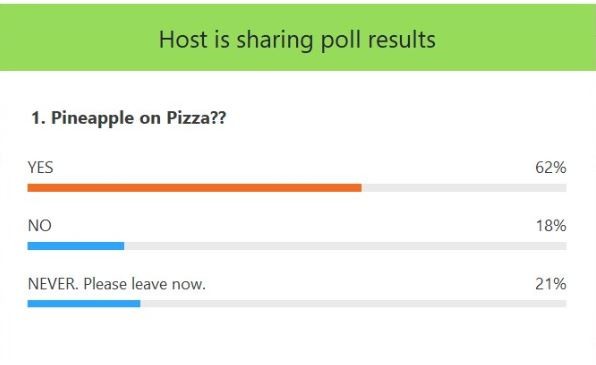
Some discussions were had, debates unfolded and burning questions were answered. Does pineapple belong on pizza?? The answer is yes!
A great way to unwind after an otherwise jam-packed week.
